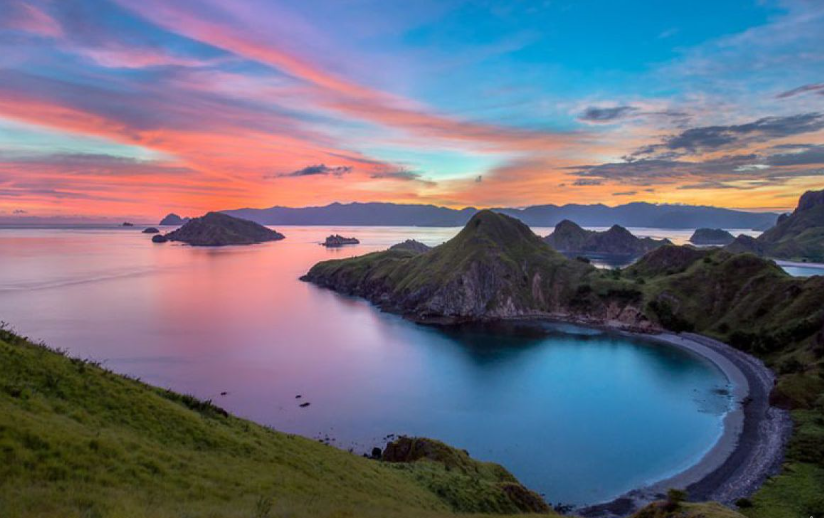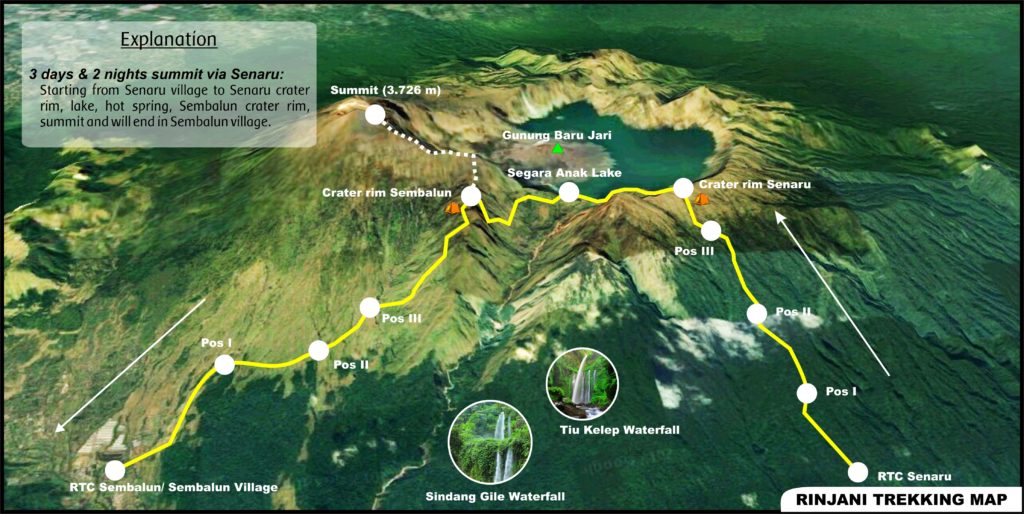Trekking Rinjani for Beginners
Mount Rinjani may be a challenging climb, but with the right preparation, even beginners can experience its majestic beauty. Here’s everything you need to know before trekking Rinjani for the first time.
Why Trekking Rinjani Appeals to Beginners
Mount Rinjani, standing tall at 3,726 meters, is the second-highest volcano in Indonesia and one of Southeast Asia’s most iconic trekking destinations. While it’s known for its tough trails, many beginners attempt the Rinjani trek each year, drawn by the promise of panoramic crater views, the Segara Anak lake, and the sense of achievement.
Search intent: Most users searching for “Trekking Rinjani for Beginners” are looking for practical advice, route options, physical requirements, and what to expect. This guide addresses all of those needs with expert insight and first-hand experience.
Is Mount Rinjani Suitable for Beginners?
Yes, but with a few important caveats. Trekking Rinjani is not a casual walk in the park. It requires moderate physical fitness, mental preparation, and guidance from licensed trekking operators. With proper training and a realistic itinerary, beginners can safely and successfully reach key highlights like Senaru Crater Rim without attempting the more difficult summit.
Beginner-Friendly Rinjani Trek Options:
- Senaru Crater Rim (2D1N) – Ideal for first-timers. Offers stunning views of the Segara Anak Lake without the extreme altitude of the summit.
- Sembalun to Summit (3D2N or 4D3N) – Not recommended for complete beginners unless you’re in excellent shape and well-acclimatized.
Physical Preparation for the Rinjani Trek
To prepare for the trek, beginners should begin training at least 4–6 weeks in advance. Key fitness elements include:
- Cardiovascular endurance – Hiking, jogging, or cycling.
- Leg strength – Lunges, squats, and stair climbing.
- Balance and stability – Core workouts and yoga can help.
Also, don’t underestimate the altitude—acclimatization and hydration are essential.
Choosing a Licensed Trekking Organizer
For safety and compliance with Mount Rinjani National Park regulations, you must trek with a registered local operator. Reputable providers offer:
- Experienced English-speaking guides
- Porters who carry camping gear and food
- Well-maintained tents and sleeping bags
- Proper trail briefings and risk awareness
Tip: Look for companies with positive online reviews, clear communication, and a strong safety record.
What to Pack for Trekking Rinjani
Here’s a beginner-friendly packing list:
- Trekking shoes with good grip
- Layered clothing (warm jacket, moisture-wicking shirts)
- Rain gear (poncho or waterproof jacket)
- Daypack for personal items
- Headlamp, sunscreen, hat, and sunglasses
- Personal medication and a small first-aid kit
Your operator usually provides camping gear, sleeping bags, and meals.
What to Expect on the Trail
- Day 1 (Senaru route): A forest hike with gradual ascent to the crater rim
- Camp overnight at high altitude—expect cold temperatures (5–10°C)
- Optional Day 2 descent or continued trek if on a longer itinerary
Prepare for basic toilet conditions, limited connectivity, and a rustic yet unforgettable adventure.
Responsible Trekking: Leave No Trace
As a beginner, it’s essential to understand the importance of eco-friendly trekking:
- Don’t litter. Carry your waste.
- Avoid single-use plastics.
- Respect the mountain, the local community, and wildlife.
Supporting sustainable tourism helps preserve Rinjani’s fragile ecosystem for future generations.
Yes—with the right mindset, preparation, and guide, beginners can absolutely enjoy trekking Rinjani. Start with the Senaru Crater Rim route to build your confidence, and maybe one day, the summit will call your name.




